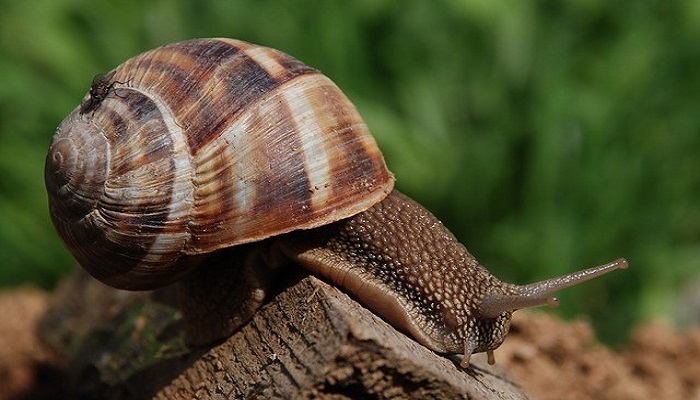- هذا الموضوع فارغ.
- الكاتبالمشاركات
- مارس 14, 2025 الساعة 8:55 ص #593859

Snail farming, or heliciculture, presents a compelling opportunity for economic growth, particularly in regions with suitable climates.
This low-input, high-yield agricultural practice offers numerous economic advantages, making it an attractive venture for both small-scale and commercial farmers. This article explores the key economic benefits of engaging in snail farming.
1. Low Initial Investment
One of the most significant economic advantages of snail farming is the relatively low initial investment required. Compared to other livestock farming, the setup costs for snail farming are minimal.
Farmers can utilize readily available materials, such as recycled containers, shade nets, and locally sourced feed, to establish their farms. This reduces the financial burden on new farmers, making it an accessible entry point into agriculture.
The simplicity of the farming process also minimizes the need for expensive equipment or specialized infrastructure, further contributing to the low startup costs.
2. High Market Demand
The demand for snails, especially giant African land snails, is consistently high in both local and international markets. Snails are a valuable source of protein and are considered a delicacy in many cultures.
This high demand translates into stable market prices and reliable income for snail farmers. The growing awareness of the nutritional benefits of snails has also increased their popularity among health-conscious consumers.
Furthermore, the use of snail slime in cosmetics and pharmaceuticals has created new market opportunities, expanding the potential for economic returns.
3. Rapid Reproduction And Growth
Snails are prolific breeders, capable of laying hundreds of eggs multiple times a year. This rapid reproduction rate ensures a continuous supply of snails for market, maximizing profitability.
Snails also have a relatively fast growth rate, reaching market size within a few months under optimal conditions.
This quick turnover allows farmers to generate income in a shorter period compared to other livestock. The efficient growth and reproduction cycles contribute to the high productivity and economic viability of snail farming.
4. Minimal Maintenance And Feeding Costs
Snail farming requires minimal maintenance and feeding costs. Snails are herbivores and can be fed a variety of readily available and inexpensive materials, such as fruits, vegetables, and leaves.
This reduces the need for expensive commercial feeds. Snails are also relatively low-maintenance, requiring minimal labor and attention.
The simplicity of their care reduces operational costs and maximizes profit margins. The ease of maintenance makes it suitable for small-scale farmers and those with limited resources.
5. Environmental Sustainability
Snail farming is an environmentally sustainable agricultural practice. Snails are efficient converters of plant matter into protein, reducing the environmental impact associated with traditional livestock farming.
Snail farming requires minimal land and water resources, making it a sustainable option for regions with limited resources. The use of organic waste as feed further contributes to the eco-friendliness of snail farming.
The low environmental footprint of snail farming aligns with the growing global emphasis on sustainable agriculture and food production.
The economic advantages of snail farming, including low initial investment, high market demand, rapid reproduction and growth, minimal maintenance and feeding costs, and environmental sustainability, make it a promising venture for economic development.
The versatility of snail products and the growing market demand ensure a stable and profitable income for farmers engaging in this sustainable agricultural practice.
Read Also:
- الكاتبالمشاركات
- يجب تسجيل الدخول للرد على هذا الموضوع.

